Thriving at New Heights: Wellbeing in Vertical Schools
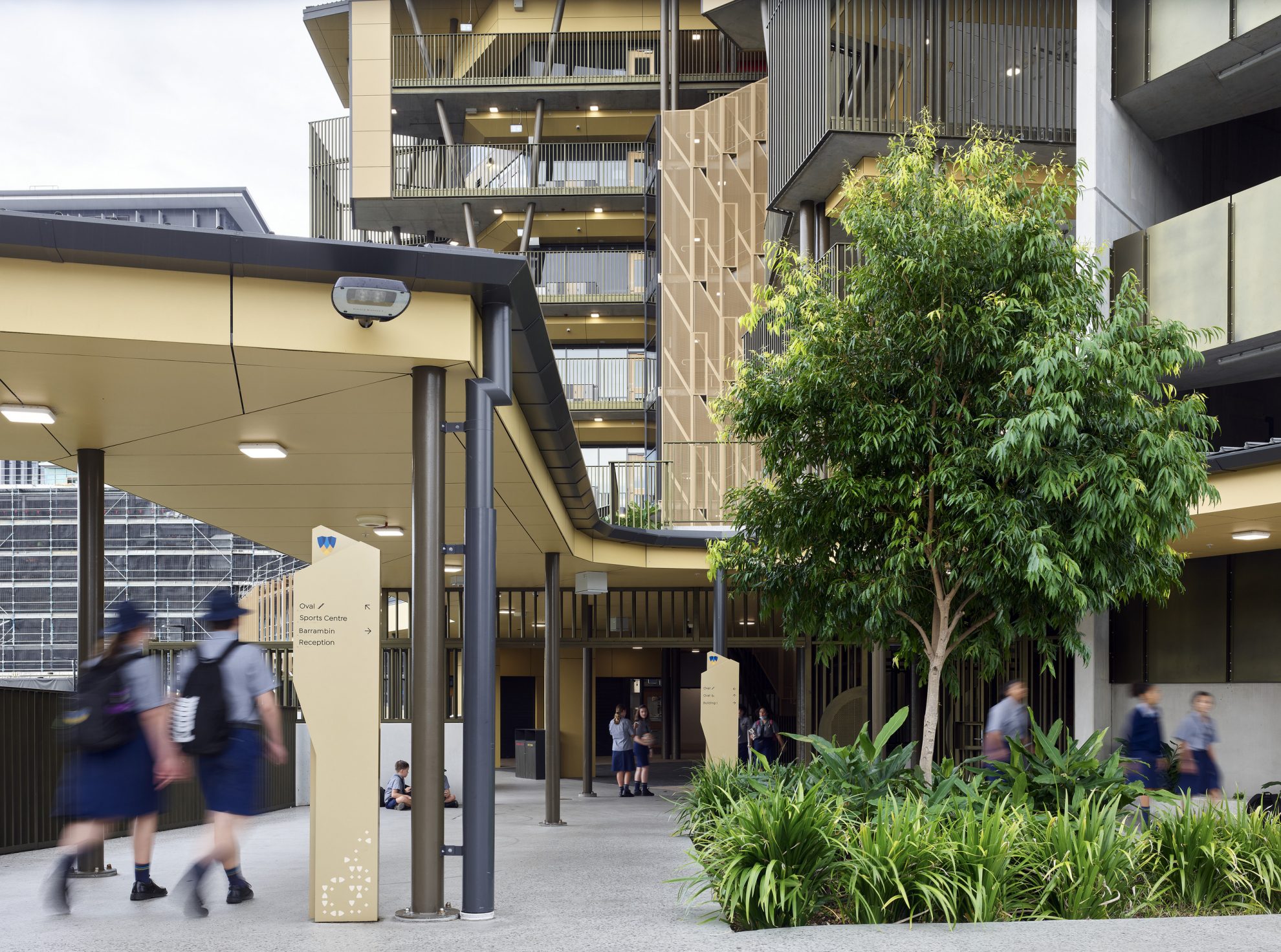
As Australian cities grow denser, vertical schools are becoming essential to education infrastructure. These schools maximise compact sites by integrating learning, teaching, and play within a single or interconnected structure. While this typology presents unique opportunities, it also introduces challenges—how can we design vertical schools that truly enhance student wellbeing?
A three-year Australian Research Council (ARC) Linkage Project, led by Professor Jill Willis at Queensland University of Technology (QUT), set out to explore this question. Now complete, the research findings of Thriving in Vertical Schools (TVS) provide a clear answer: students thrive when they feel a sense of belonging, have choice and voice, and are able to be focused.
At COX, we’ve been at the forefront of vertical school design in Australia, with landmark projects such as Adelaide Botanic High School, Fortitude Valley State Secondary College, and Docklands Primary School. Through the TVS research, more than 200 students—many from Adelaide Botanic or Fortitude Valley State Secondary College—shared their lived experiences, shedding light on how their environments influence their ability to learn, connect, and grow. See these conversations in action in QUT’s video here.
Spatial Design to Improve Wellbeing
The TVS research adopts a salutogenic approach, focusing on how environments can positively shape physical and mental well-being. This perspective links student wellbeing to learning environments that are meaningful, comprehensible, and manageable. When these three “salutogenic dimensions” are present, they can reduce stress, enhance capability, and improve student wellbeing, ultimately helping students thrive.
The research also reveals that wellbeing experiences are amplified—both positively and negatively—in vertical schools. When a school’s design effectively integrates all three salutogenic dimensions, the vertical environment can boost student engagement, autonomy, and resilience. However, if any one dimension is missing, the unique challenges of verticality can amplify stress or lead to disorientation.
To address this challenge, the research introduces and encourages designers to use the Salutogenic Design Framework—a set of 17 spatial qualities that, when applied collectively, help amplify positive wellbeing experiences.
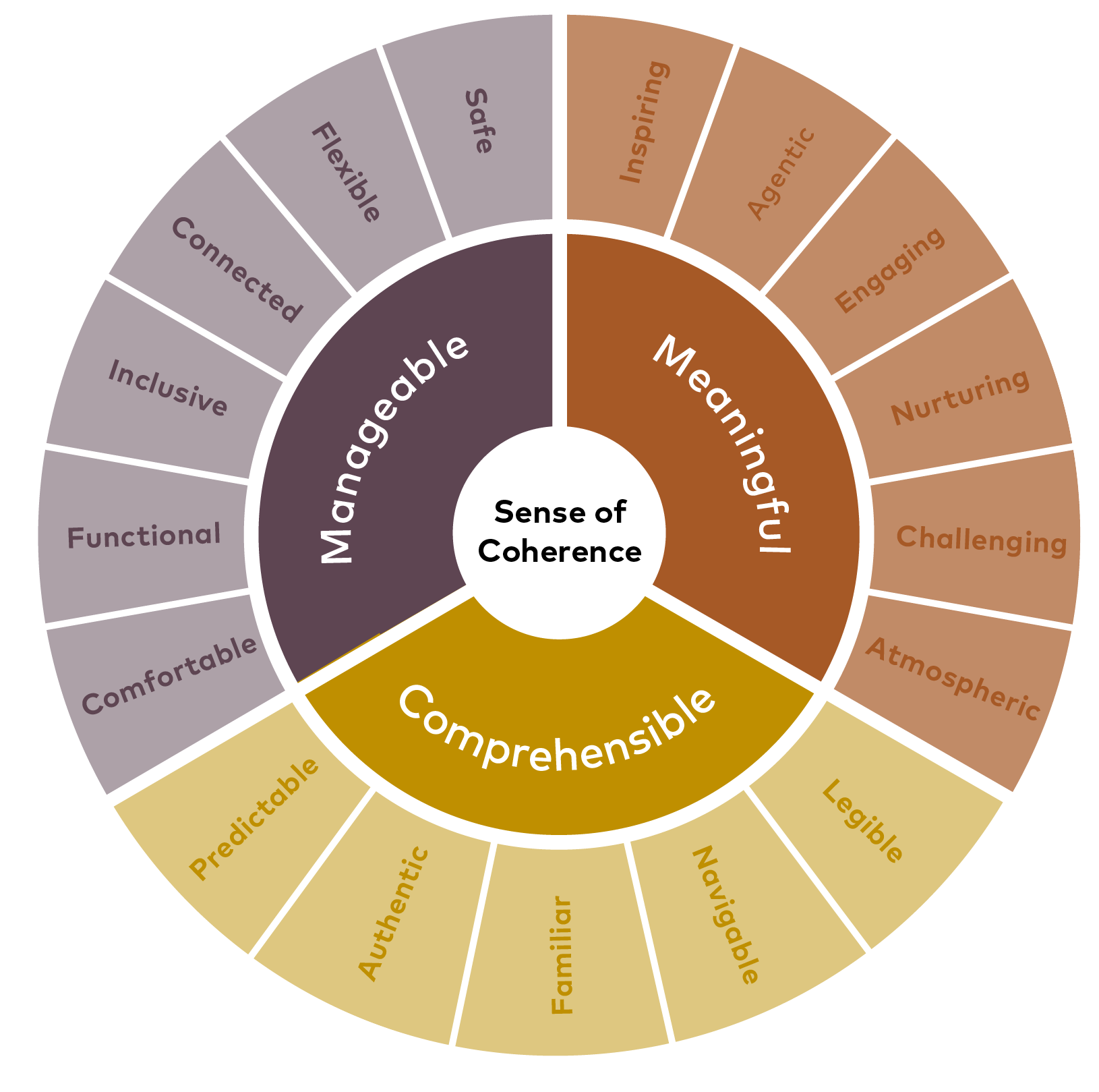
Salutogenic Design Framework: Adapted from Franz (2019) Designing ‘space’ for student wellbeing as flourishing. In H. Hughes, J. Franz & J. Willis. (Eds.) School spaces for student wellbeing and learning: Insights from research and practice. Springer, Singapore, pp. 261-279
Read the full TVS Design Framework here to find out more about the 17 spatial qualities.
The following examples from COX-designed schools demonstrate how the spatial qualities within the Salutogenic Design Framework can be integrated, ensuring all three salutogenic dimensions—meaningful, comprehensible, and manageable—are considered. By embedding these principles, these learning environments are designed to help students thrive.
Fortitude Valley State Secondary College – Sense of Belonging
Students feel a sense of belonging when their environment is personally meaningful, inspiring, and engaging. At Fortitude Valley State Secondary College, generous outdoor terraces provide fresh air and opportunities for social connection, while high-quality, adaptable learning spaces encourage autonomy and creativity. These design choices contribute to an environment that feels dynamic and personally meaningful to students.
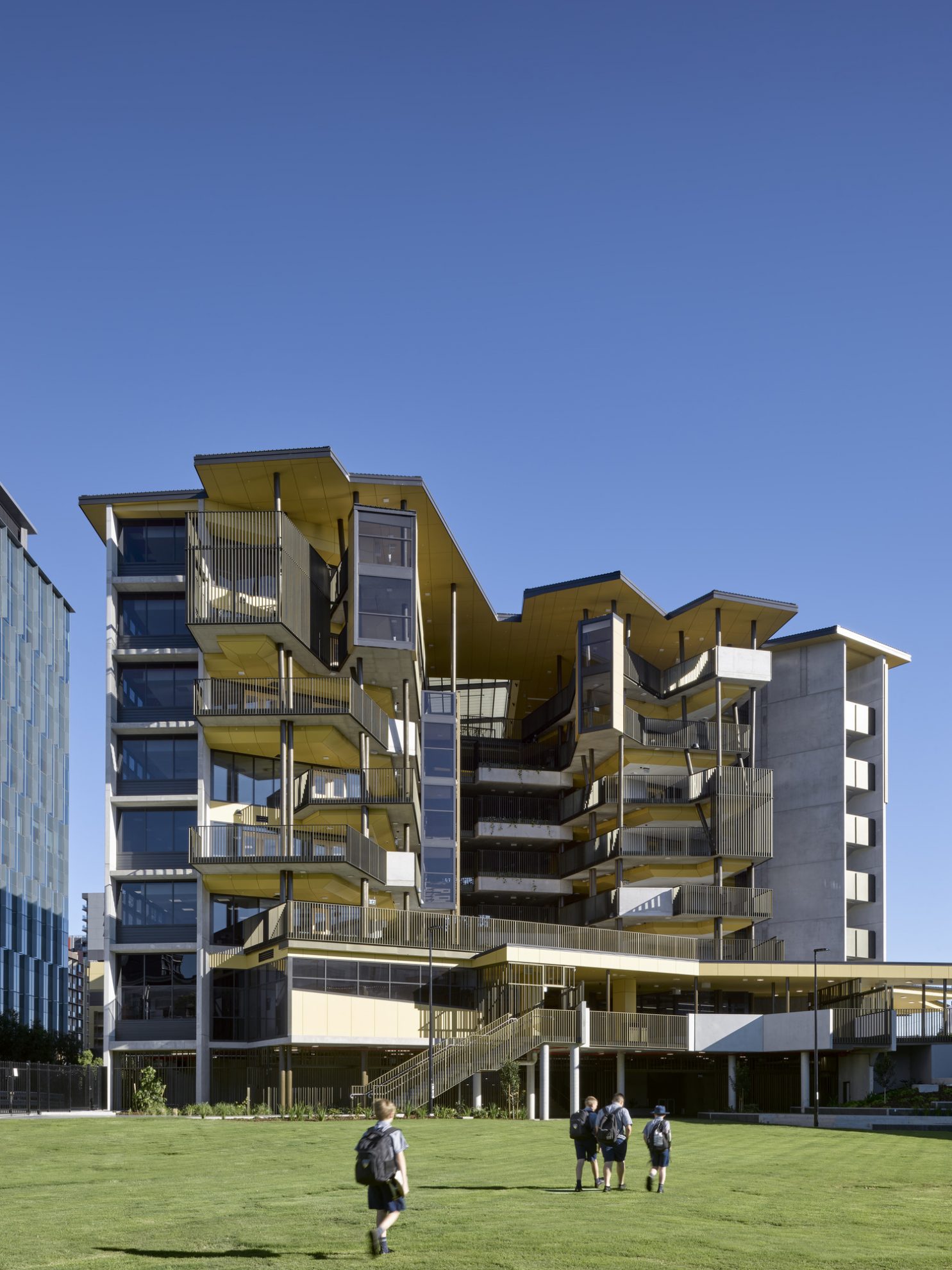
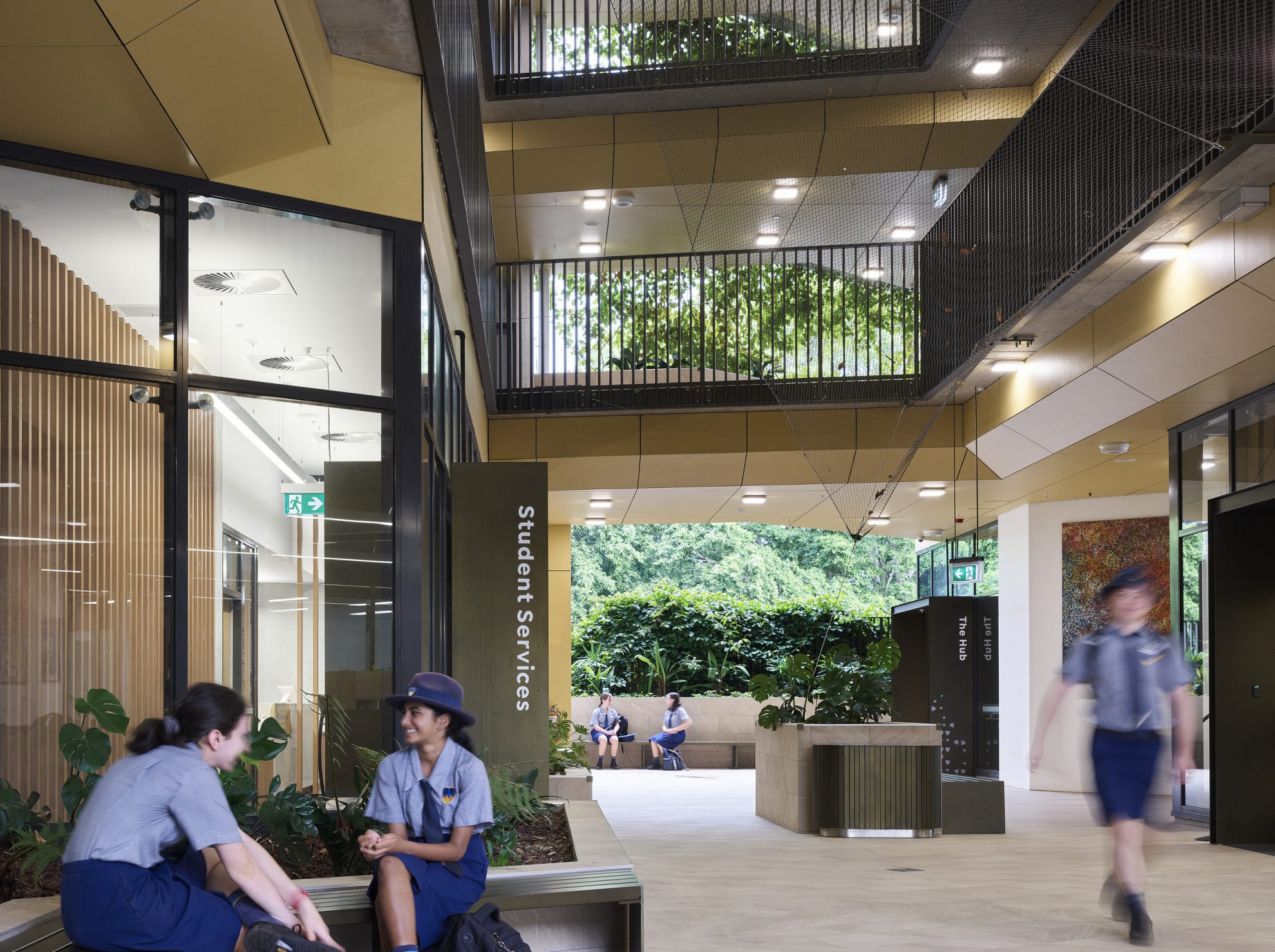
Docklands Primary School – Choice and Voice
Students feel a sense of choice and voice when their surroundings are comprehensible—intuitive and easy to navigate. Docklands Primary School features open atriums, light-filled circulation spaces, and distinct yet interconnected levels, ensuring students can navigate their environment with ease. The design supports independence, helping students feel anchored and in control of their surroundings.
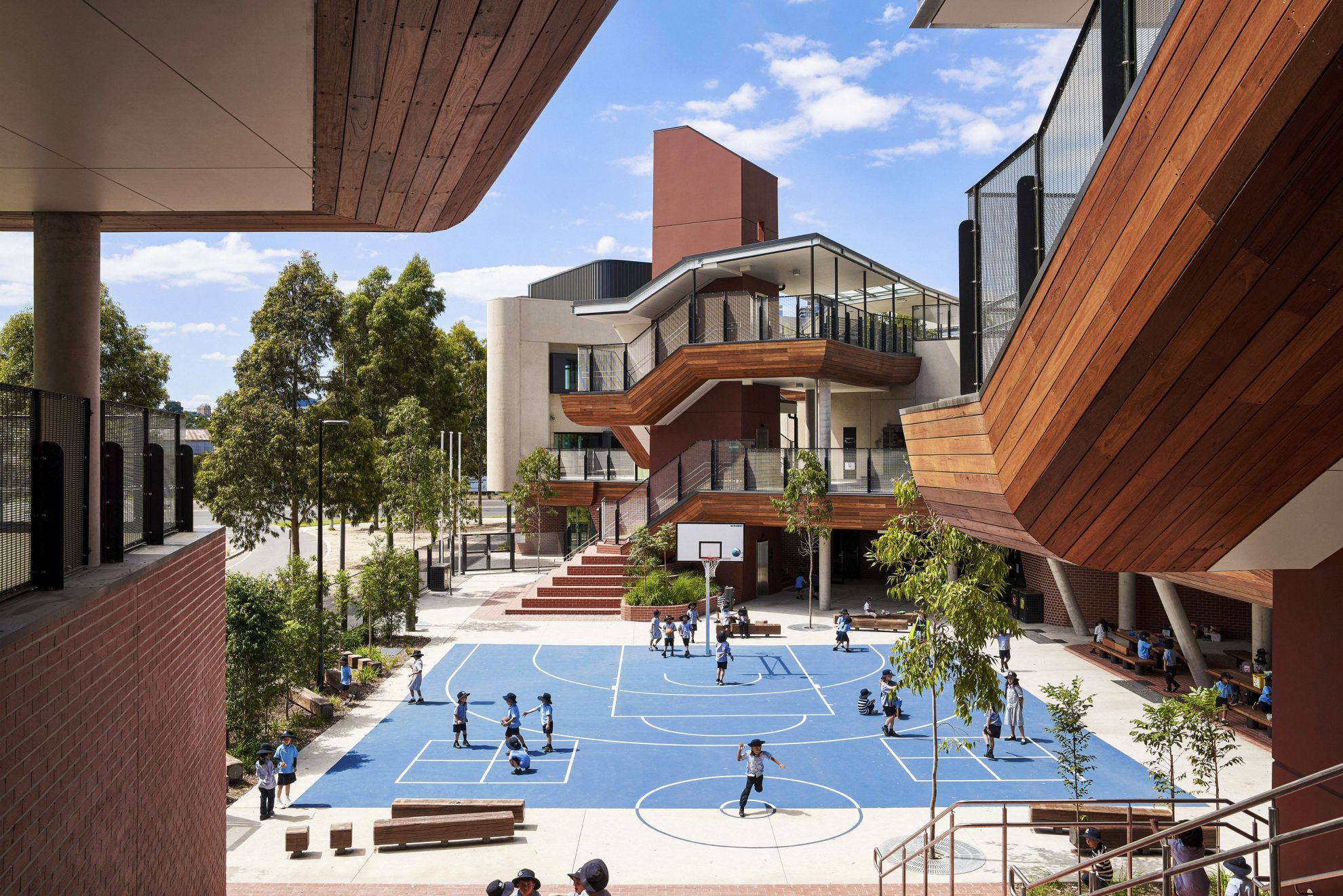
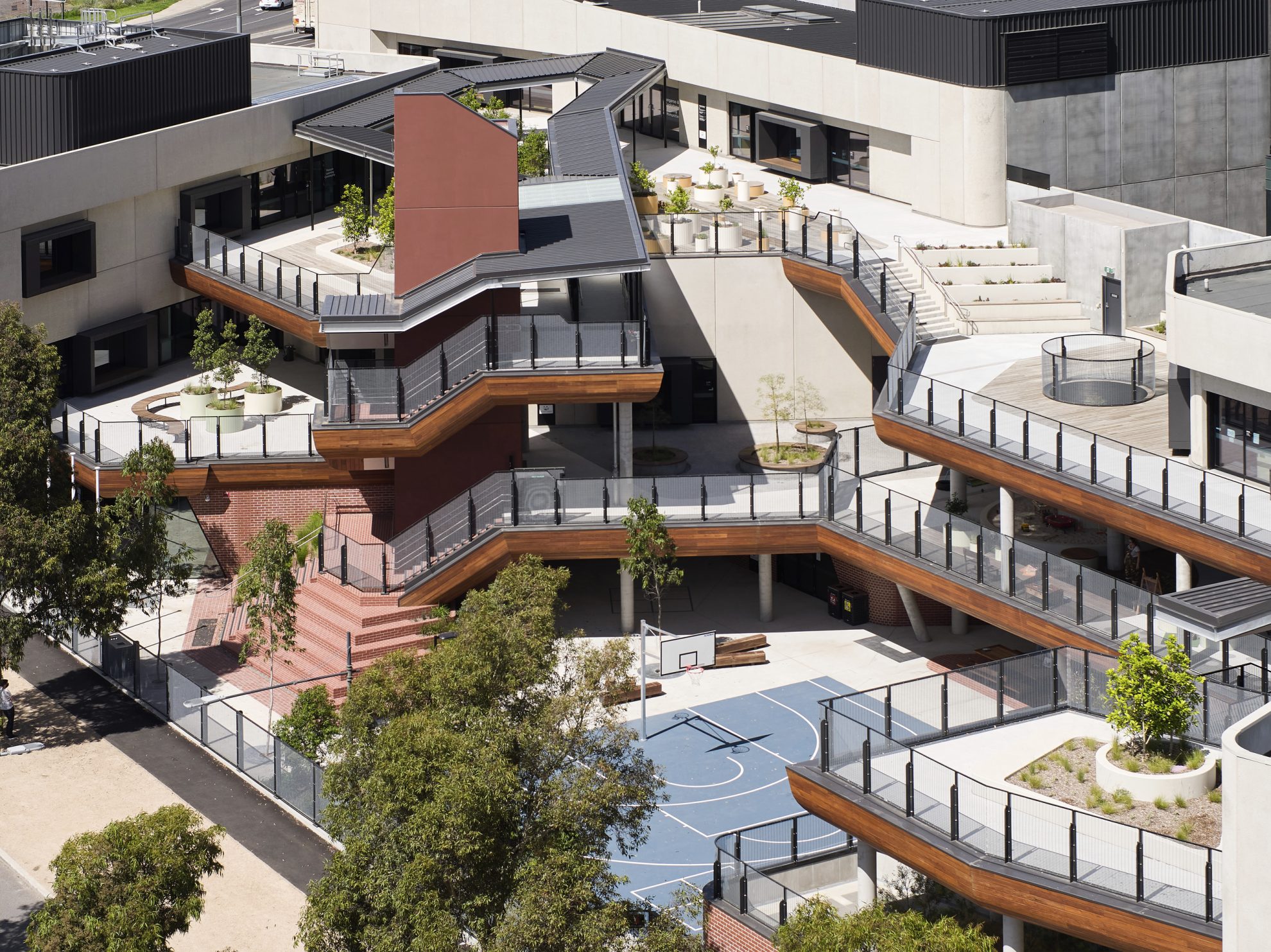
Adelaide Botanic High School – Focus
Students are best able to focus when their environment is manageable, offering the right resources to minimise distractions and support sensory comfort. At Adelaide Botanic High School, both stage 1 and 2 includes quiet nooks, flexible furniture, and natural materials to create a balanced atmosphere that helps students concentrate in a high-rise learning setting.
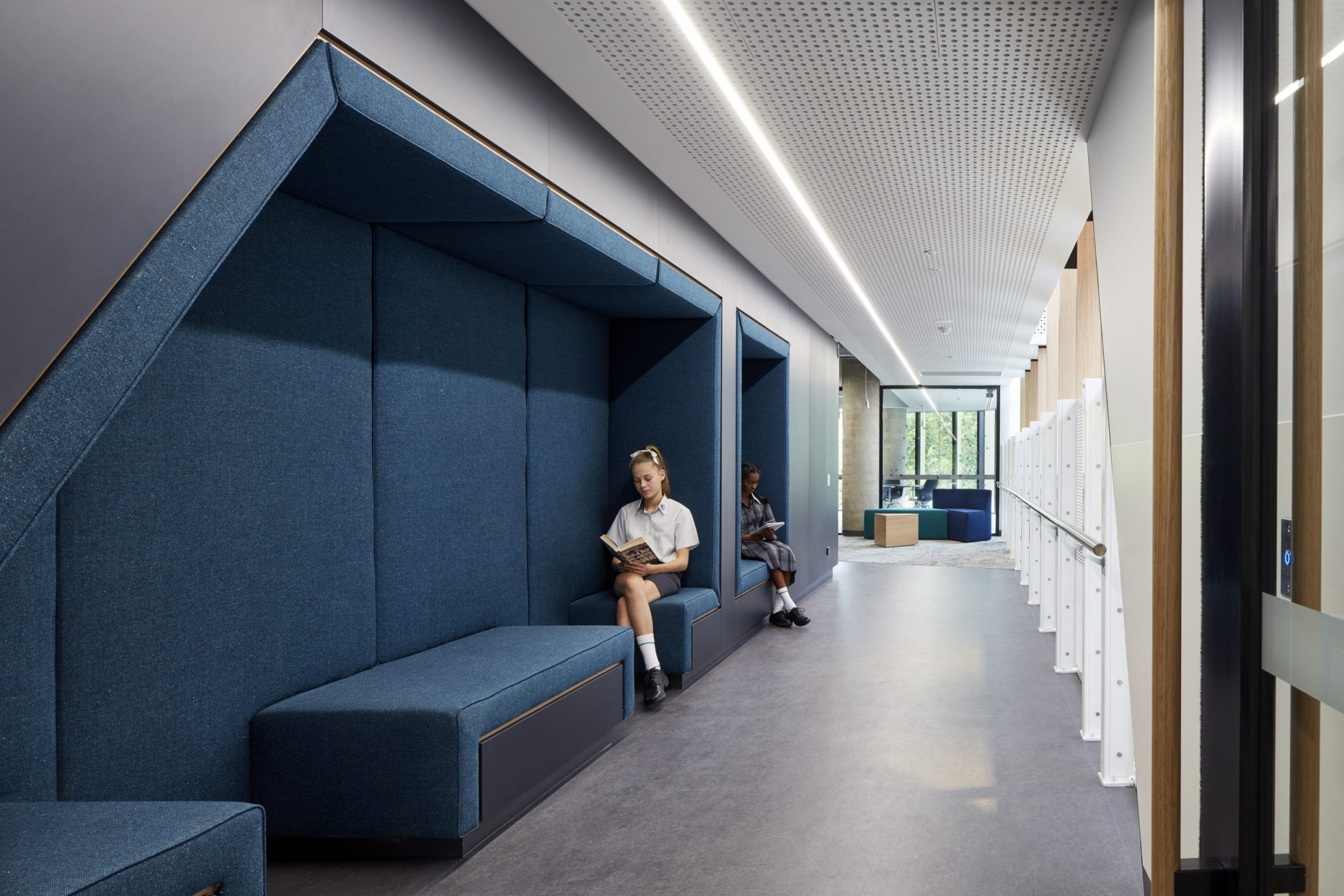
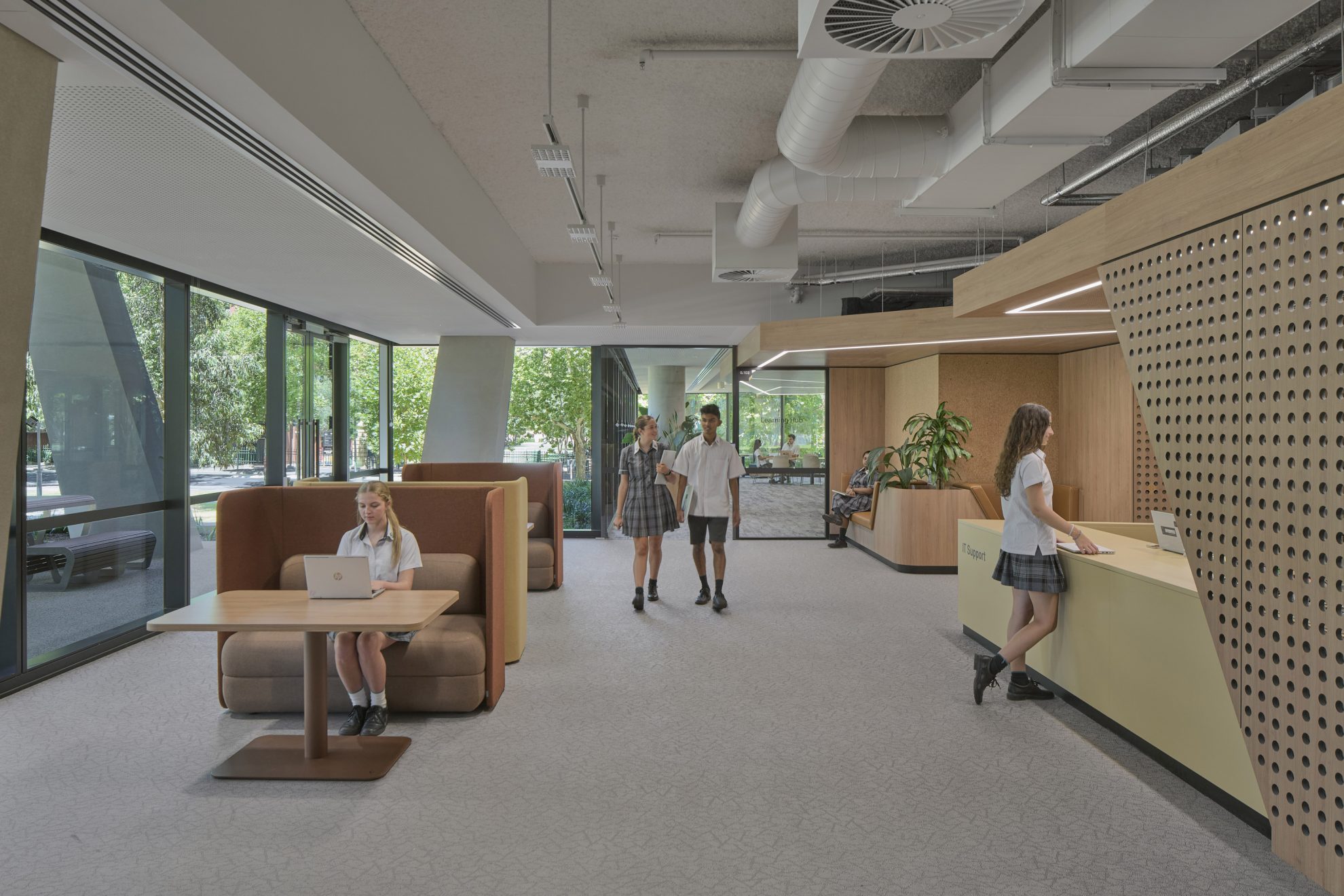
Access the full design frame work below.